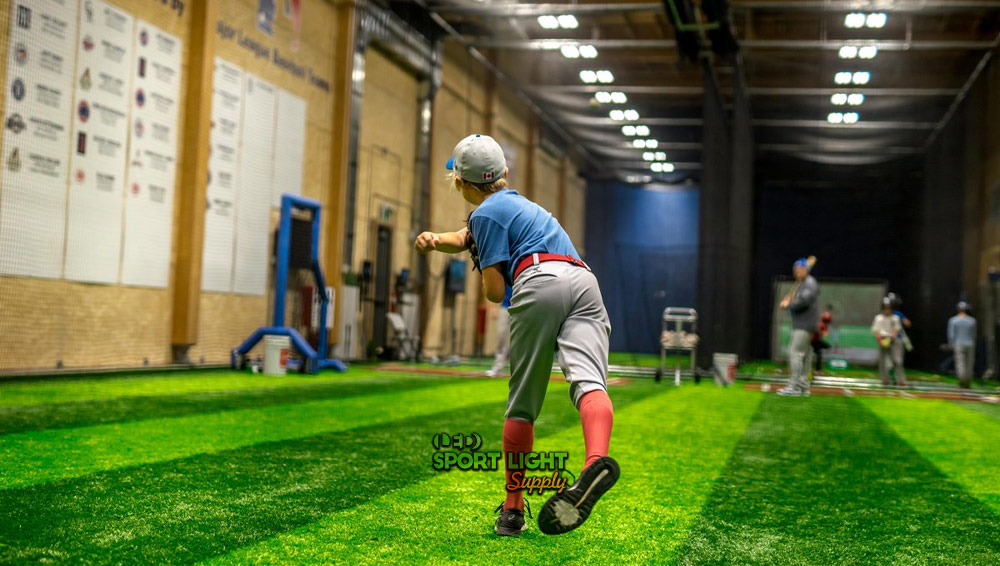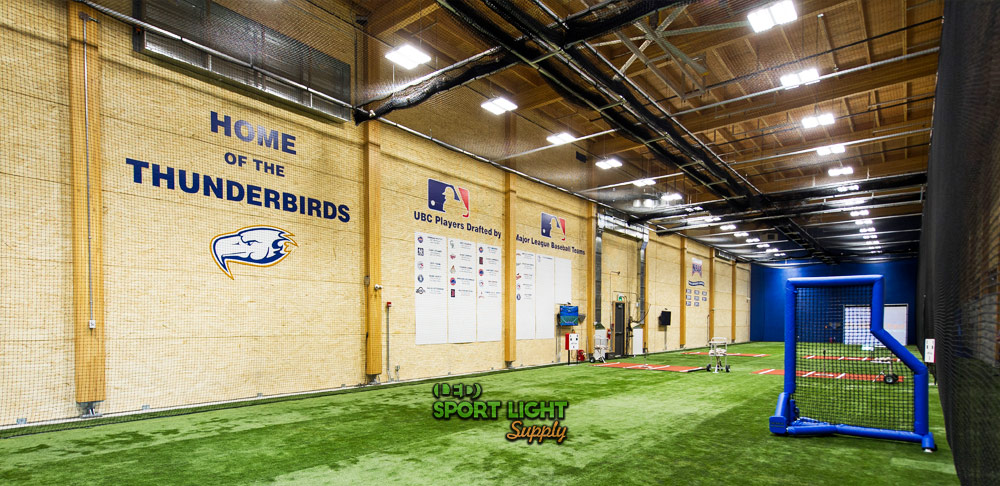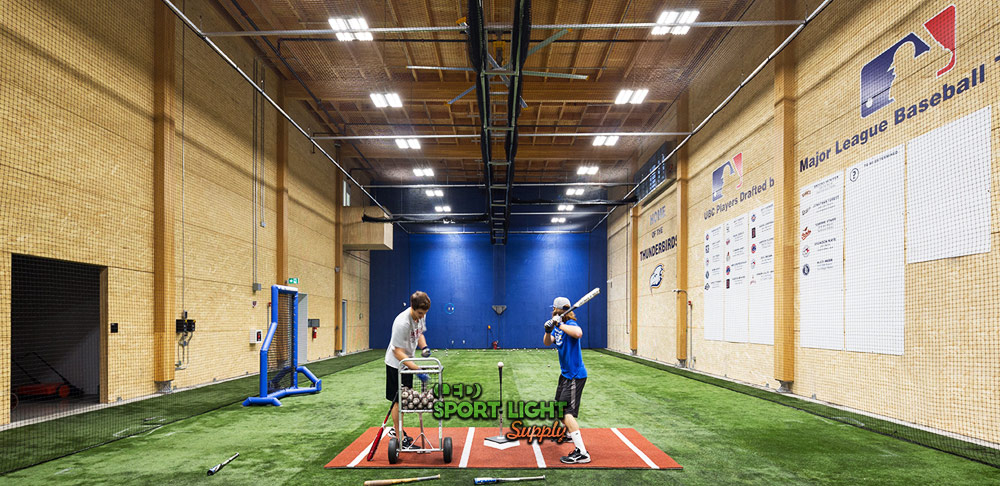Table of Contents
ToggleWhat are Lumen and Lux?
Lumen and Lux are essential measurements in understanding lighting requirements, especially for specific applications like batting cages. Lumen measures the total amount of light emitted by a light source, providing an indication of the light’s intensity. In contrast, Lux measures the illuminance or the amount of light that actually reaches a surface, such as a workstation or batting cage. One Lux is equivalent to one Lumen per square meter. Additionally, the non-SI unit for measuring light intensity is the footcandle, where one footcandle equals approximately 10.76 Lux. Understanding these measurements is crucial when selecting lighting for batting cages to ensure adequate visibility and performance.
How Many Lux is Required for Batting Cage Lights?

Recreational Batting Cages
For recreational batting cages, which are typically used for casual practice or enjoyment rather than competitive training, a light level of 200 to 300 Lux is usually sufficient. This range ensures that the lighting is bright enough for players to see the ball and their equipment without causing excessive glare or strain. The goal is to create a comfortable and enjoyable environment rather than a highly focused or intense training setting.
Training Batting Cages
When it comes to training batting cages, which are often used by teams or individual players preparing for games, the lighting needs to be more intense. A Lux level between 400 and 500 is ideal for these settings. This higher level of illumination helps players to improve their skills by providing better visibility of the fast-moving baseball and detailed tracking of their swings. Such lighting conditions simulate game environments more closely, which is beneficial for skill development.
Professional Batting Cages
Professional batting cages, used by elite athletes or for high-level competitions, require significantly brighter lighting. The Lux level in these cases ranges from 700 to 1,000. This intensity is crucial not only for the players’ performance but also for activities like photography and video recording during matches. The high Lux levels ensure that every detail is clearly visible, which is vital for professional training and media purposes.
How Many Lumens is Required for Batting Cage Lighting?

Determining the correct number of Lumens for batting cage lighting involves understanding the Lux levels and the size of the cage. Lumens measure the total amount of visible light emitted by a source and are calculated based on the Lux requirements and the area to be illuminated.
Recreational Batting Cages
For recreational batting cages, the required Lumens typically range from 25,000 to 60,000. This range ensures that the lighting is adequate for casual practice while not being excessively bright. It creates a pleasant environment that caters to players enjoying their time rather than training intensely.
Training Batting Cages
Training or baseball club batting cages need between 50,000 and 100,000 Lumens. This range supports more focused practice sessions, enabling players to improve their accuracy and performance. Adequate lighting is essential for seeing the ball clearly and assessing batting techniques effectively.
Professional Batting Cages
Professional batting cages demand a higher range of Lumens, from 150,000 to 250,000. Such intense lighting is necessary to meet the demands of high-level play and to support activities like filming and photography. The high Lumen output ensures that every detail is captured with precision, which is critical for both player performance and media documentation.
How to Calculate Lumen?
Calculating the required Lumens involves using a straightforward formula. Multiply the Lux value by the area of the batting cage (in square meters) to determine the total Lumens needed. For instance, if a training cage requires 500 Lux and measures 100 square meters, the calculation would be 500 Lux x 100 square meters = 50,000 Lumens.
What Determines the Lumen Required for Batting Cage Lighting?

Size of Batting Cage
The size of the batting cage directly impacts the number of Lumens required. Larger cages necessitate more Lumens to ensure even illumination across the entire area. For example, a batting cage with a larger footprint will need additional lighting to maintain the desired Lux levels throughout the space.
Level of Competition
The level of competition also plays a significant role in determining the required Lumen output.
Recreational Needs Lower Lumens
Recreational batting cages require less intense lighting compared to training or professional setups. Lower Lumens suffice for casual play, focusing more on creating an enjoyable experience rather than meeting high performance standards.
Training Needs Higher Lumens
Training environments demand higher Lumens to provide the necessary visibility for skill development. Bright lighting helps players see the ball clearly and analyze their batting technique, which is crucial for improving performance.
Batting Cage Height
The height of the batting cage affects the distribution of light and the overall Lumen requirement. If the lighting is installed at a higher elevation, more Lumens are needed to compensate for light loss over distance. Typically, an increase in ceiling height by a few meters requires an additional 5 to 10% more Lumens to ensure adequate illumination.
Conclusion
Understanding the specific requirements for Lux and Lumens in batting cage lighting is crucial for ensuring optimal performance and visibility. Recreational, training, and professional batting cages each have different lighting needs, influenced by factors such as cage size, competition level, and height. By carefully considering these factors and applying the appropriate calculations, you can achieve the right balance of illumination to enhance the playing experience and meet various operational demands. For tailored advice and solutions, consulting with a lighting professional can help in designing the perfect setup for any batting cage.
